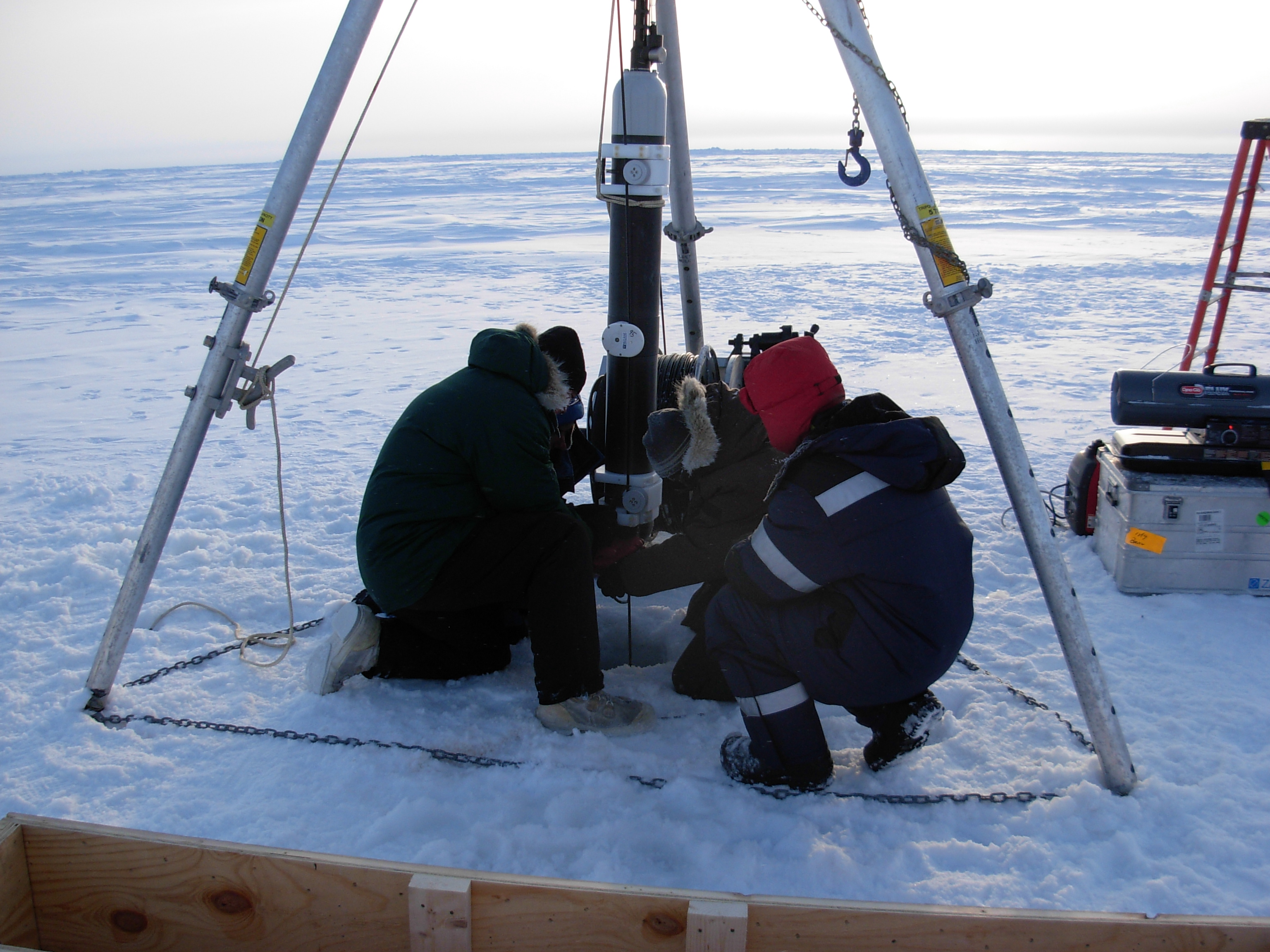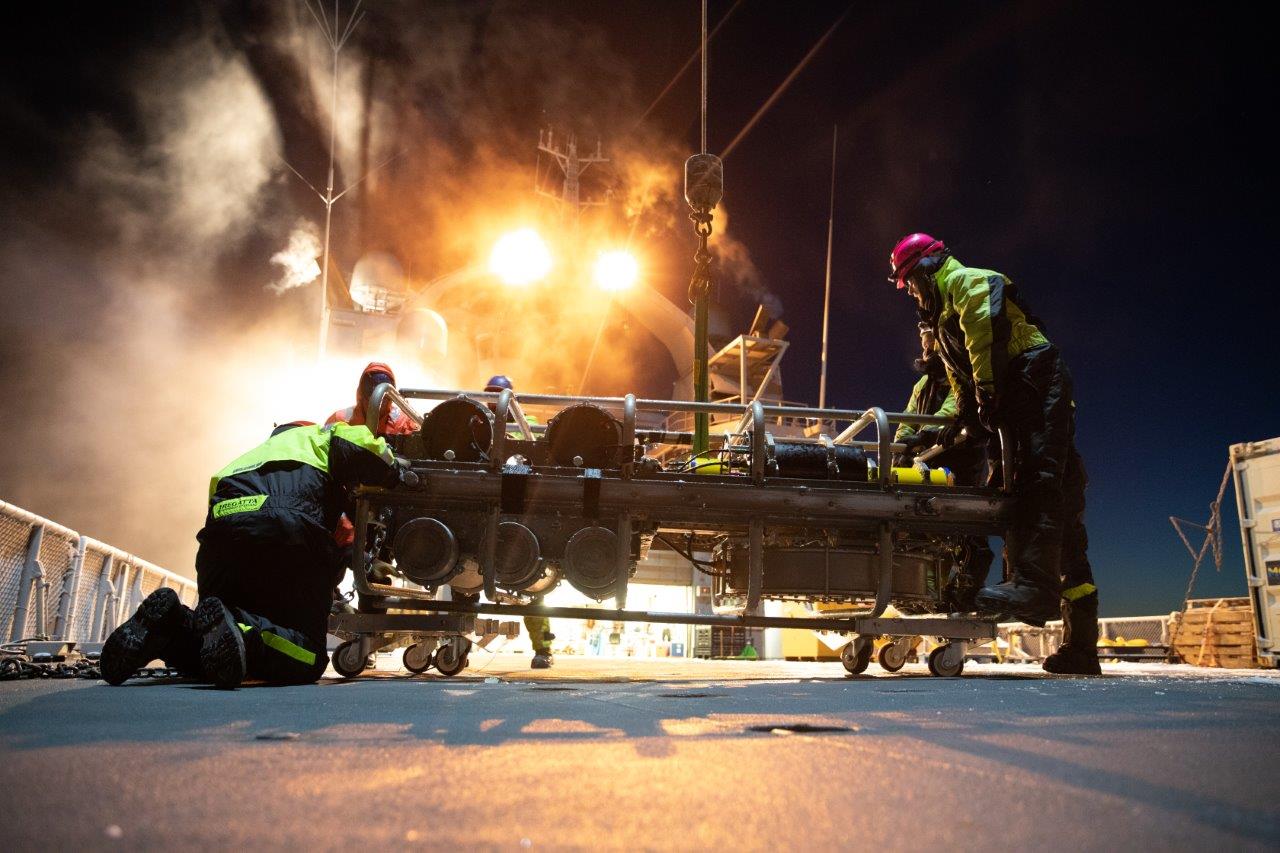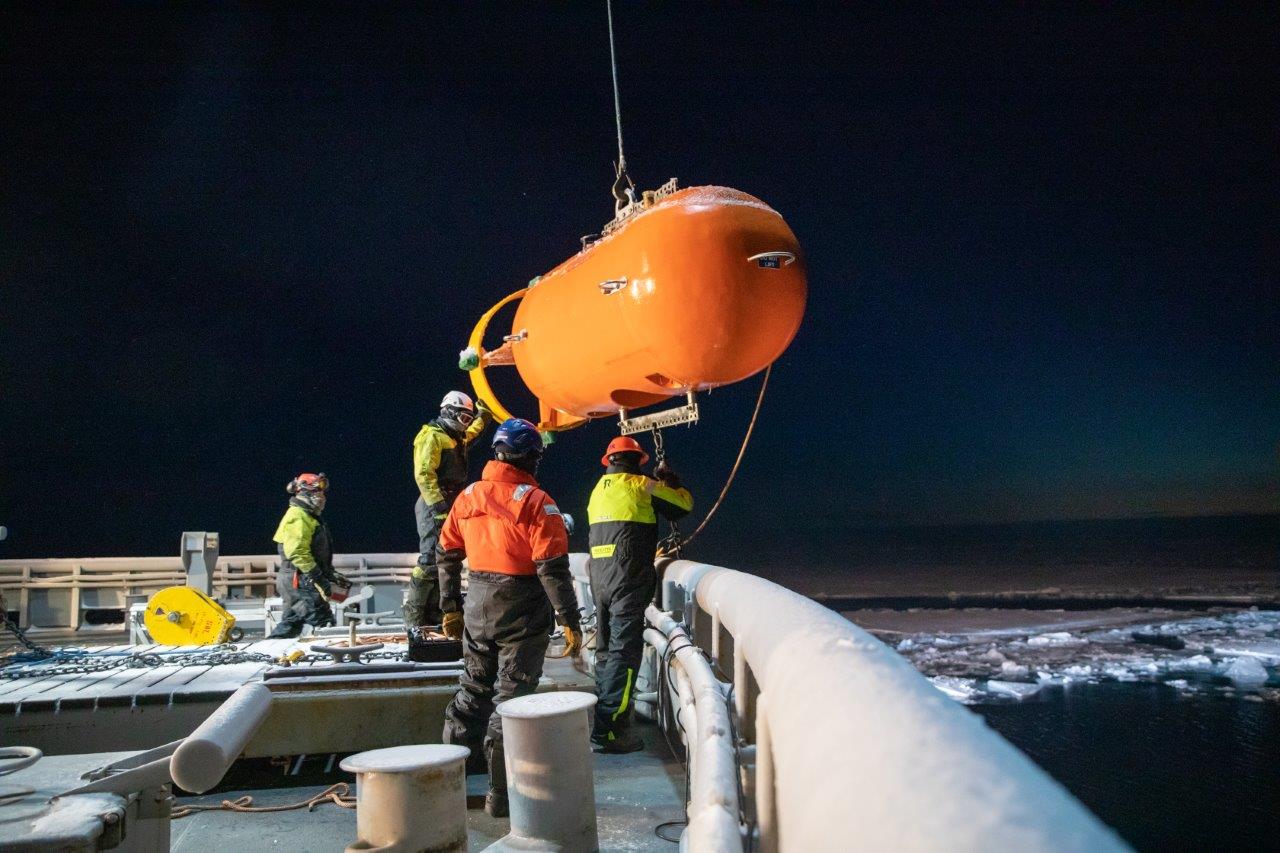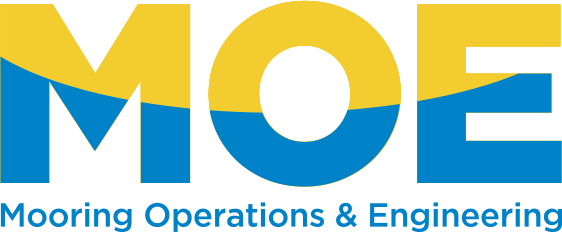Current Projects
Acoustic Telescope (NESBA)
It is a real-time 3D “acoustic telescope” formed by six phased hydrophone arrays capable of directionally isolating acoustic sources and equipped with a satellite communication system for real-time data transmission. This instrument will enable a variety of remote deep-water explorations by listening to ambient sound generated by biological, geophysical, and meteorological events, as well as oceanographic and anthropogenic processes and activities. The scientific goal is to provide a more complete, even holistic understanding of oceanic environmental processes by integrating underwater soundscape parameters with other oceanographic and meteorological measurements. This first-of-its-kind instrument will lead to an unprecedented integrated acoustic view of the ocean by resolving sound source 3D positions to increase the breadth of data rather than only detecting their presence.
-Principal Investigator : Ying-Tsong Lin
-MOE Lead : John Kemp
This video shows the mechanical test of the telescope open using a crane.
DMON (Whale Detection Buoy)
The Mooring Operations and Engineering Group has been collaborating closely with Mark Baumgartner (WHOI Biology Department) to monitor whales in near real time using WHOI-developed acoustic instrumentation and mooring technology. The digital acoustic monitoring (DMON) instrument uses a hydrophone to collect and record audio, and a digital signal processor to detect sounds in the audio in real time. Information about those sounds are transmitted to shore by satellite and reviewed by an analyst to determine which whale species are present. The DMON instrument is attached to a purpose-built moored buoy that utilizes stretch hoses to keep the mooring very quiet. The DMON buoy has been used to monitor humpback, fin, sei, blue, and North Atlantic right whales in projects on the east and west coasts of the United States designed to help alert mariners, regulators, and the public about the presence of these whales, many of which are endangered. Find out more about the system and where DMON buoys are currently deployed at robots4whales.whoi.edu.
-Principal Investigator : Mark Baumgartner
-MOE Lead : Jeff Pietro

Ice Tethered Profiler (ITP)
The ITP is designed to be deployed in an ice floe and travels with the ice taking CTD measurements along its 790 meter wire. It's data is sent back to WHOI for analysis and provided on its website. These platforms have been deployed all over the arctic to track the salinity and temperature relative to depth in the arctic water. While it is doing that, it also track the movement of the Ice floe with GPS.
-Principal Investigator : John Toole, Andrey Proshutinsky, Sylvia Cole
-MOE Leads: John Kemp, Jim Ryder, Kris Newhall, Jim Dunn, Jeff Pietro, Chris Basque, Nico Llanos


CAATEX (Coordinated Arctic Acoustic Thermometry Experiment)
A Joint U.S.-Norwegian acoustic propagation experiment across the entire Arctic basin. The goal of the study is to understand long-outstanding acoustic issues, such as internal-wave-induced scattering and acoustic coherence, and in the application of acoustics methods to improve out understanding of the rapidly changing environment in the Arctic, including the heat balance, internal wave mixing, ice formation, and noise processes.
-Principal Investigator : Matt Dzieciuch, Peter Worcester, and Hanne Sagen
-MOE Lead : John Kemp and Jim Ryder


Projects
Ocean Observatories Initiative (OOI)
An NSF-funded project composed of heavily instrumented coastal, regional, and global mooring arrays and autonomous underwater vehicles to address critical, science-driven questions and enhance capabilities to address pressing issues such as climate change, ecosystem variability, ocean acidification, and carbon cycling.
Beaufort Gyre Observing System (BGOS)
An array of sub-surface moored profilers and ice-tethered profilers as well as ship-based hydrographic stations to monitor changes in the western Arctic Ocean that has resulted in nearly 100 peer-reviewed papers (as of late-2016).
Overturning in the Sub-polar North Atlantic Program (OSNAP)
A five-year, NSF-funded program that includes contributions from scientists in the U.S., Canada, U.K., Germany, France, and the Netherlands to continuously measure the strength and pathways of ocean currents over the entire sub-polar region of the North Atlantic where some of the most important ocean currents come together.
North Pole Environmental Observatory (NPEO)
An automated scientific observatory in the Central Arctic Ocean that includes sub-surface moored instruments and drifting data buoys
Ice-tethered Profiler (ITP)
Designed with the help of current MOE staff and first deployed in 2004, the ITP system provides long-term, high-resolution measurements of physical, chemical, and biological conditions under ice-covered seas.
Greenland Glacial Melt
A study of meltwater from the Greenland Ice Sheet and ocean dynamics that included several year-round moored instruments in Sermilik Fjord.
